ZIL-157: the era of prosperity and stagnation
Years of stagnation
In fact, the entire production life of Zakhar was divided into three periods: the first from 1958 to 1961, the second lasted until 1978, the third, final, until 1992.
In its original form, it was a car capable of taking on board up to 2,5 tons of cargo on a primer, while on paved roads this figure increased to 4,5 tons. "Cleaver" was also able to drag a trailer weighing up to 3,6 tons. The motor was mounted on a truck from the predecessor ZIS-151, only with a new aluminum block head and an advanced carburetor. This allowed to raise the power to 104 liters. from. with a control fuel consumption of 42 liters per 100 km. Gasoline consumption was less than that of the heavier ZIS-151, but due to the reduced fuel supply on board, the power reserve fell to 510 km.
Despite the fact that the ZIL-157 received the Grand Prix in Brussels as a truck for agriculture, the Soviet Army was the main consumer in the early years. One of the options for military performance was a machine with an index G, equipped with shielded equipment. The army also received the ZIL-157E chassis, prepared for the installation of special equipment and add-ons. There were options with an additional power take-off designed for add-ons. Also in the production range was the ZIL-157V truck tractor, which could drag semi-trailers up to 11 tons. It is interesting that all truck tractors based on Kolun were necessarily equipped with self-pulling winches - this was insurance in case the heavy train got stuck in the mud. ZIL-157V and its later modifications under the indices KV and KDV were, in fact, piece goods - the issue was limited to 300 copies per year.
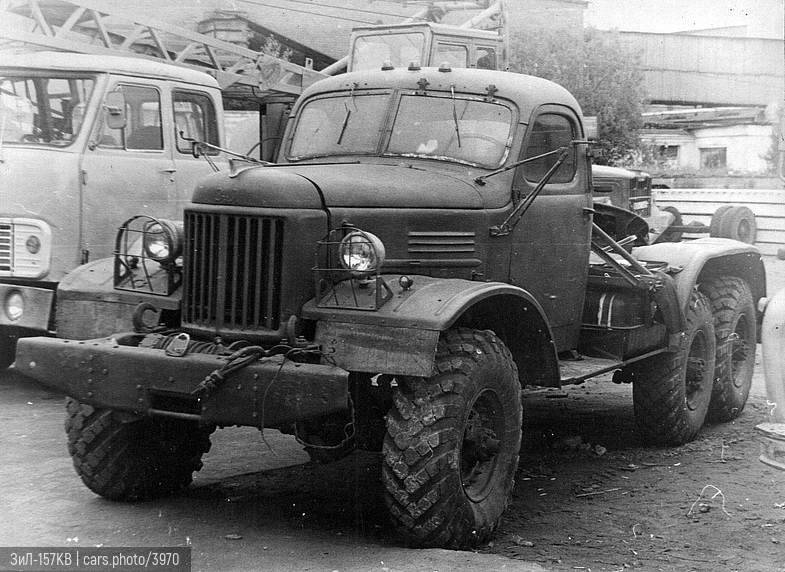
ZIL-157KV truck tractor
Other than that, as already mentioned in the first part of the story, ZIL-485A and BTR-152V1 amphibians were collected on Zakhar aggregates. The advertisement that the truck received in 1958 in Brussels attracted the attention of foreign customers and export modifications of the ZIL appeared on the conveyor - for countries with a temperate climate (option 157E), with hot (157U without a “stove” and pre-heater) and humid tropical (157T with sealed wiring).
A couple of years after the machine was launched into series at the 38 Pilot Plant on the basis of Zakhar, a light wheeled evacuation tractor (KET-L) was created, the main profile of which was pulling out stuck, tilted or sunken cars, transporting damaged cars by semi-loading. The tow truck remained in the category of experienced.
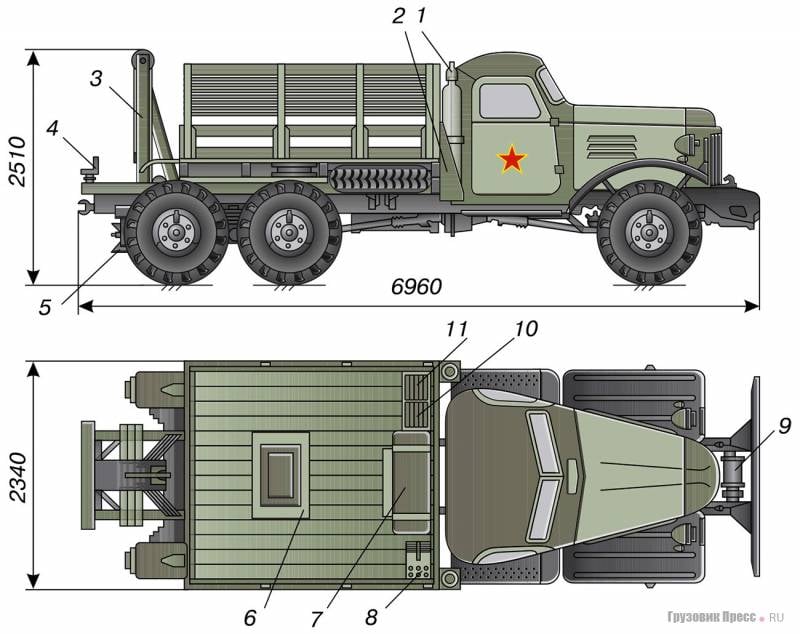
Light wheeled evacuation tractor, mod. TK4: 1 - oxygen cylinder with a capacity of 40 l; 2 - an arm of fastening of an oxygen cylinder; 3 - loading device; 4 - a saddle device; 5 - hinged screw support in the stowed position; 6 - hatch auxiliary winch; 7 - a box for cans; 8 - cassette for anchors; 9 - main winch; 10 and 11 - openers (emphasis)
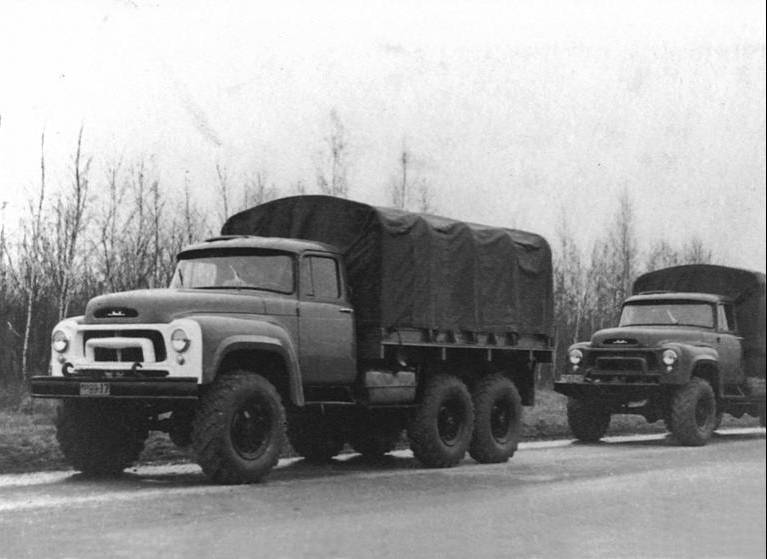
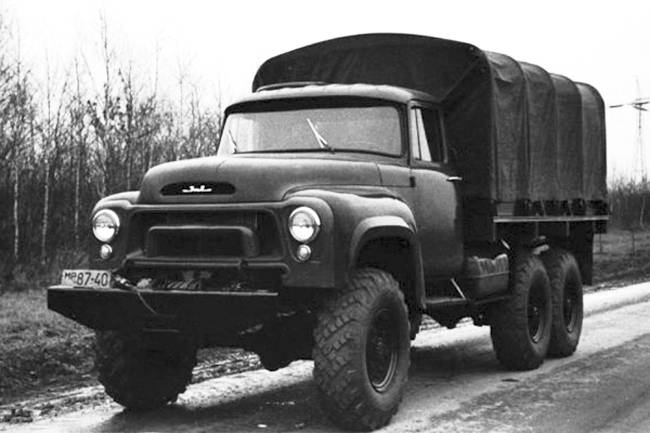
Also, on the basis of the 157th ZIL, a PMZ-27 fire engine appeared, developed in the city of Priluki, Chernihiv region. If you carefully look at the photos of the car, you can see the rear doors of the second row of the original design. Prior to this, regular front doors were simply installed on fire engines. Naturally, such a design turned out to be very tenacious and migrated to ZIL-131 and ZIL-130. On the basis of the fire PMZ-27, an option was developed for hot countries, as well as the first in the USSR aerodrome version with the letter A, characterized by a fire monitor on the roof. He allowed to begin to extinguish the plane before the car stopped. In the PMZ-27, capacities were provided for 2150 liters of water and 80 liters of foaming agent, and the cabin accommodated 7 people. After a small upgrade, the fire truck based on ZIL-157 was discontinued in the early 70s, replacing the more advanced 131st vehicle.
Oddly enough, but the first modernization overtook the car already in the third year of conveyor life. Now even foreign automakers do not always withstand such a frequency of updating - and here ZIL in the middle of the 130th century. This was due to the emergence of machines of 131 and 157 families, which shared part of their units with Zakhar. The second-generation machine received the name ZIL-1977K, as well as a single-disk clutch, synchronizers for all forward gears (with the exception of the first), a hand drum brake and shock absorbers on the front suspension. This was the latest version of Zakhar, produced at the metropolitan factory. Since 1982 (according to one version since 157), the Ural Automotive Plant in Novouralsk was engaged in production. The car began to be called ZIL-130KD, found a new engine with a piston from ZIL-110 (131 hp) and a reinforced chassis from the younger XNUMXst brother.
Now the “Cleaver” could take on board 5 tons if used on solid roads and 3 tons on the roads. This option in many ways became the most civilian among all the ZIL-157 modifications, since the obsolete truck was no longer popular in the army and the cars went mainly to agriculture. Every year the design headquarters added “Zakhara” some innovations, but they cannot be called serious. For example, in 1981, FG1-EB headlights were introduced with FG140 non-separable optical elements and A-12-45 + 40 lamps with European asymmetric dimming, and C44-311 was installed instead of the sound signal C01. But the power steering in the design did not appear.
It is noteworthy that instead of a superficial modernization, the factory workers offered to make a full facelift under the index 4311. Zakhar 2.0 was supposed to get new wings with built-in headlights and cargo with increased sides, more suitable for transporting agricultural products. But the new cabin did not live up to expectations, since it had not fundamentally changed in capacity and ergonomics, and the ZIL-4311 remained in a single copy.
100 options
Initially, ZIL-157 took over all the military professions that the predecessor ZIS-151 had, but over the years, specialization expanded to over 100 use cases. The machine worked actively in the Warsaw Pact countries, as well as in several dozen friendly countries, which explained such a wide military specialization. The real army classic was the airborne Zakhar, capable of transporting up to 18 personnel, as well as towing artillery systems. The second most common were various kungs made by license plates of the Ministry of Defense. Of these, the KR-157 experimental sliding body of variable volume to accommodate a command post or dining room deserves special mention. The body was developed in 1963, but in the serial embodiment a similar technique appeared many years later already on the ZIL-131.
The first two generations of ZIL-157 became an excellent base for various means of communication and control, including because the truck for its time well combined load-carrying capacity and high mobility. For example, since 1977, the R-2 ultra-short-wave direction finder was installed in the KUNG-363 body on the Zakhar.
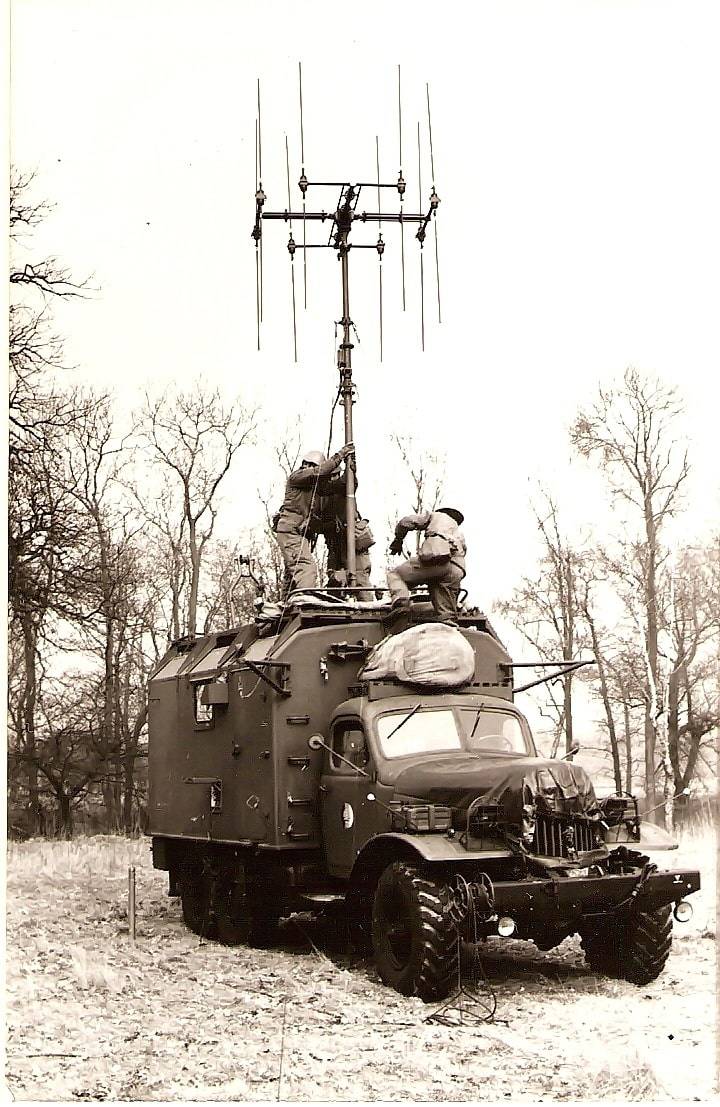
Ultra-short-wave direction finder R-363.
The next paths of ZIL-157 were field repair shops, the first of which was VAREM (military automobile repair and maintenance workshop). By the way, the first copies of the experimental workshops appeared at the 38th Experimental Plant in Bronnitsy ten years before the production of the Zakhar, and were mounted on the Studebaker US6 landlord. Later, more advanced versions of PARM, MTO-AT and APRIM (autonomous mobile repair engineering workshop) appeared.
Water, diesel fuel, gasoline, oil and kerosene became important cargoes for many tankers and tankers based on ZIL-157, which were produced literally throughout the Soviet Union. And the most exotic filler of tanks was air in the model VZ-20-350, intended for refueling airborne pneumatic systems of aircraft.
"Zakhar" appeared in the army during the era of the country's rocketry, so he took on a lot of functions to ensure such sophisticated weapons. Starting from refueling tankers with a rocket oxidizer of type 8G17M and ending with equipment 8N215 and 8N216 for transportation and testing of cable equipment. Many bodies were simply removed from the obsolete ZIS-151 and mounted on the brand new ZIL-157 chassis. Also, the chassis was used for transporting and reloading missiles of both anti-aircraft defense and operational-tactical purposes, in particular, the 9K72 Elbrus. Naturally, heavy and bulky missiles were mounted on ZIL-157V and KV truck tractors.
The most formidable ZIL-157 modifications were BM-13NM multiple launch rocket systems (upgraded Katyusha) with 132 mm caliber, BM-14M 140,3 mm caliber and BM-24 240,9 mm caliber.
In addition to all of the above, the ZIL-157 platform was used in the interests of the chemical defense forces, also as a base for various tow trucks and bridge parks. And perhaps the most rare version of the Zakhar’s design was the PRS-V mobile recompression station, which served in the Soviet navy and pontoon parks. The body was a pressure chamber, equipment for refueling cylinders and means to restore the health of divers. The most powerful “Zaharas” were, undoubtedly, the aerial snowplows with power plants located on the loading platform, which simultaneously powered both the wheels and the massive auger. One of these was the D-470 or ShRS-A with a 130-horsepower U2D6-C2 engine.
In the end, we will touch on a couple of interesting experimental machines based on the "Kolun". The first of these is the ZIL-157R from 1957, in which all three driving axles were evenly distributed along the length of the machine. This allowed, according to the designers, to improve cross-country ability due to better weight distribution. The 157P had options with both arched tires and conventional ones with an increased diameter. In this case, the rear axle was steered and turned in antiphase front. This made it possible not to plow several ruts when turning / turning, but to confine oneself to one. The developments of the Zilovites on this machine formed the basis for further experiments on extremely comprehensive technique.
The second interesting instance dates back to 1982 and is a hybrid of cabs ZIL-130 and -131 cars with chassis "Zakhara". Here, engineers from Novouralsk tried to solve the problem of the cramped Zakhar cabin, which was uncomfortable by then, but the direction turned out to be a dead end; several ZIL-157KDM machines remained experimental.
The last 10-15 years of production ZIL-157 was already a frankly outdated machine, which the armed forces abandoned, and only the lack of clear competition forced civilian structures to buy a well-deserved "rogue". A total of 797.934 vehicles were assembled. This ZIL left an indelible mark on the automotive and military stories country.
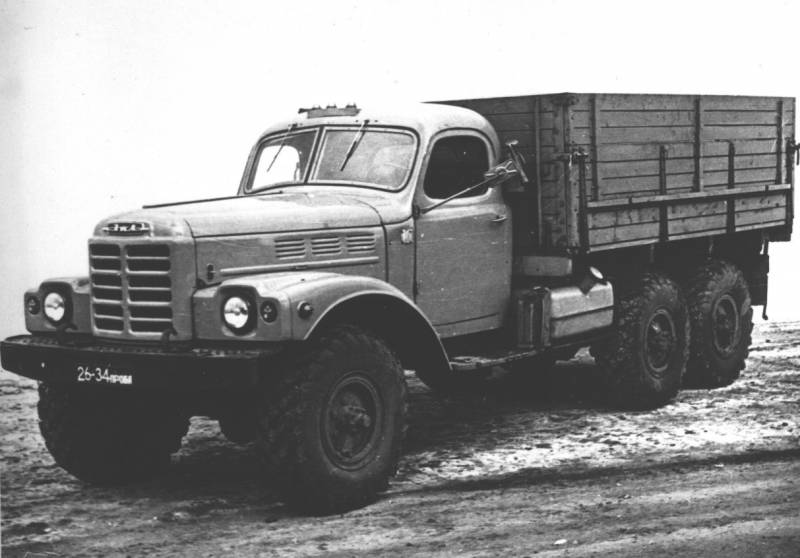
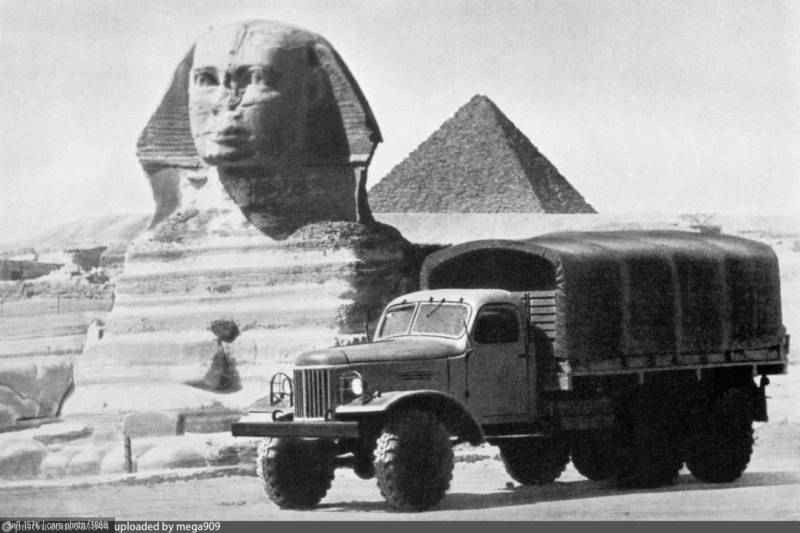
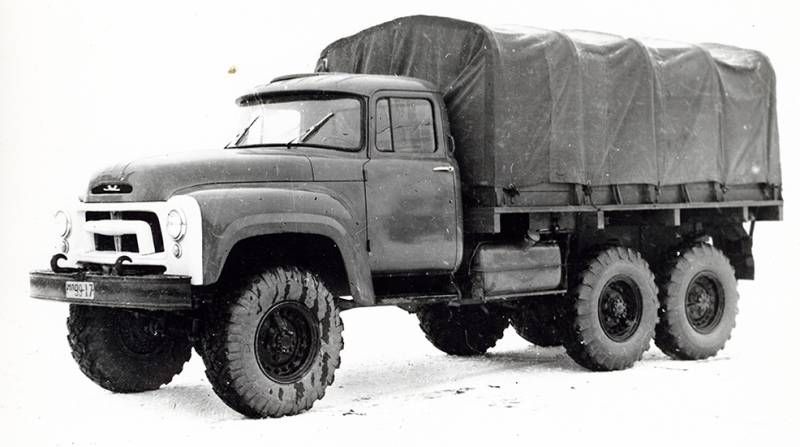
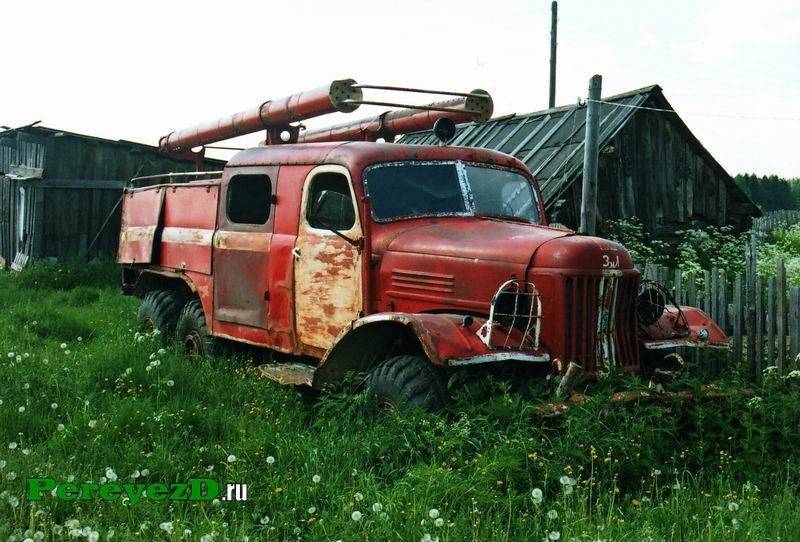
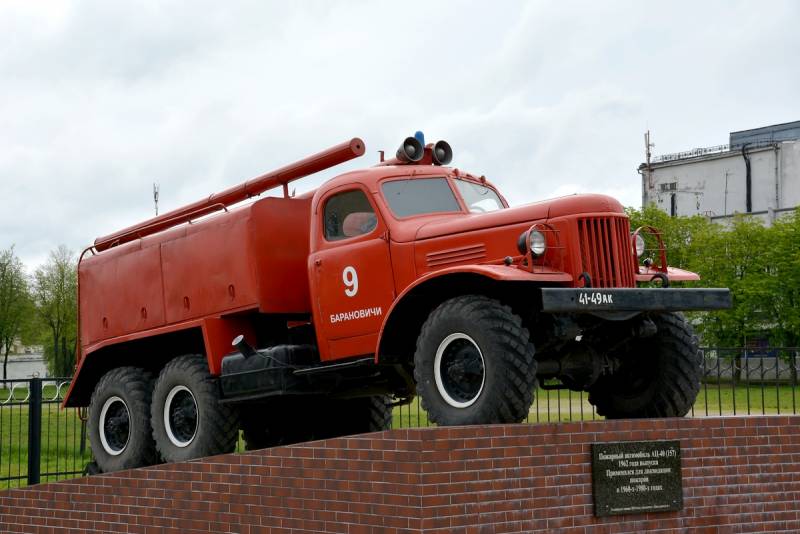
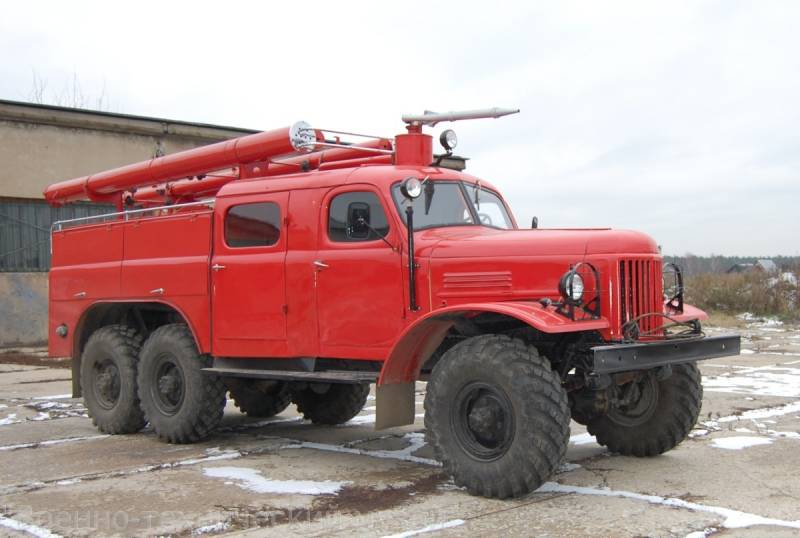
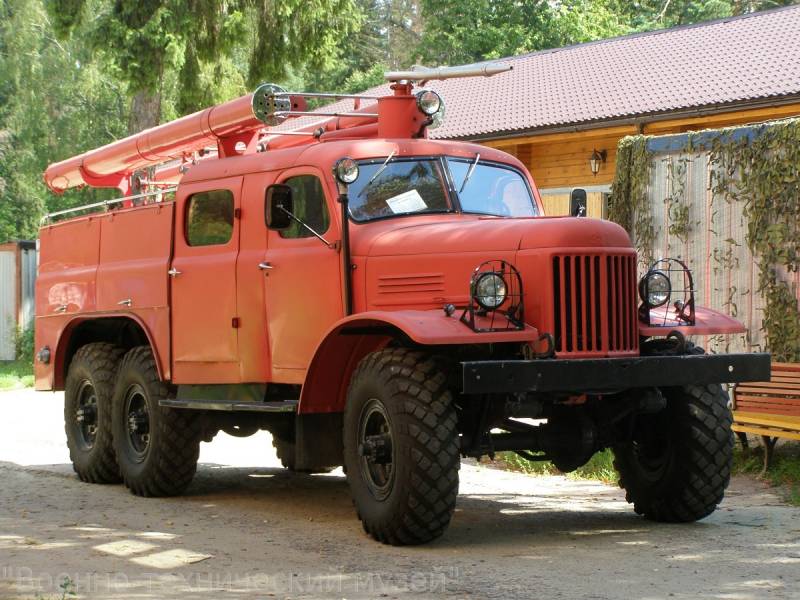
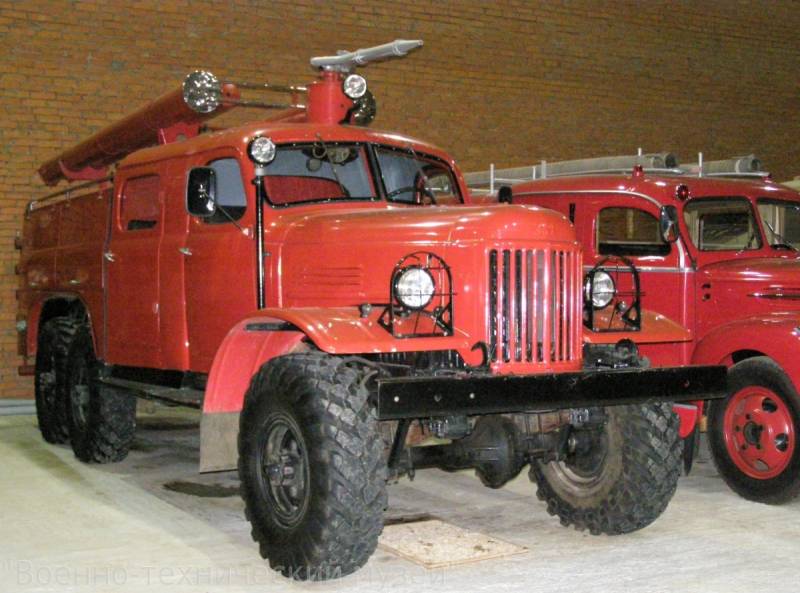
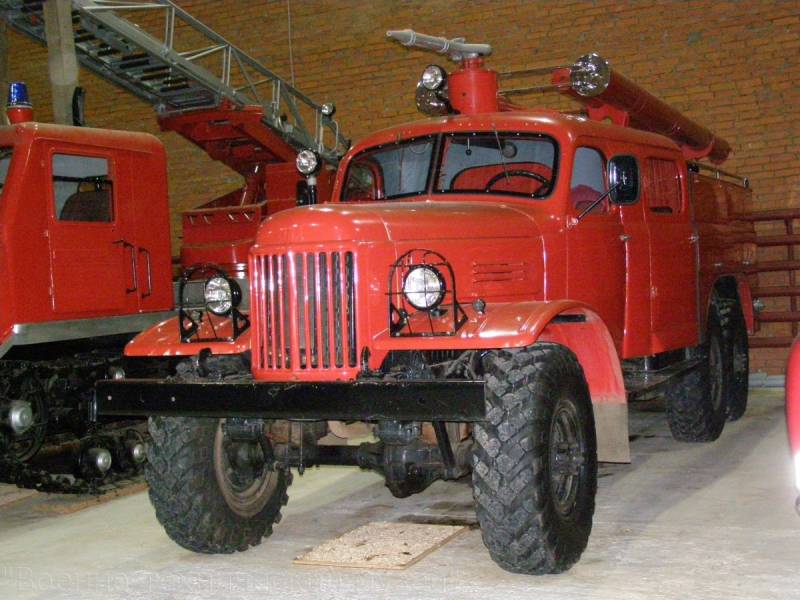
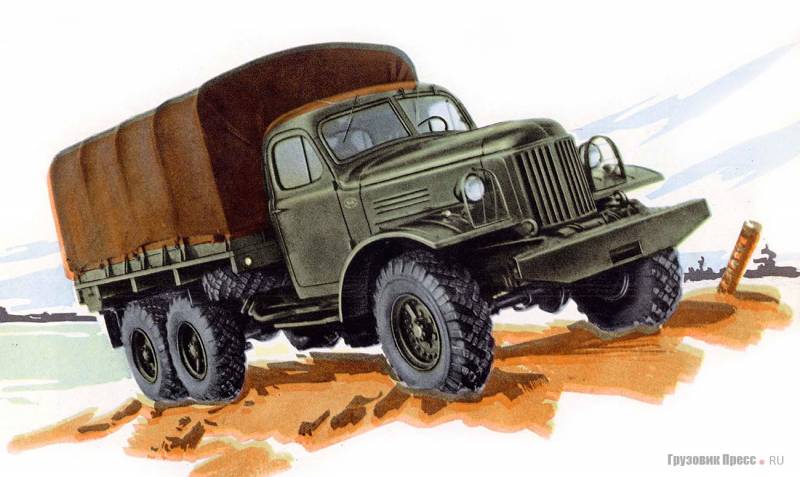
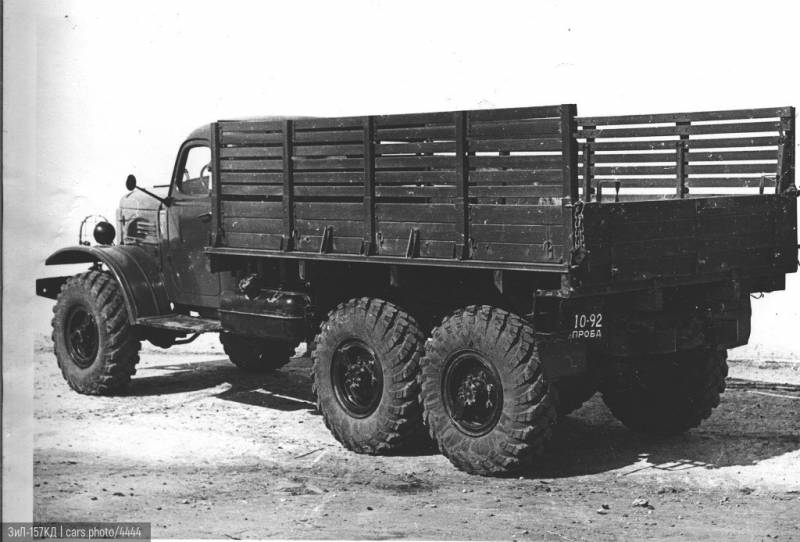
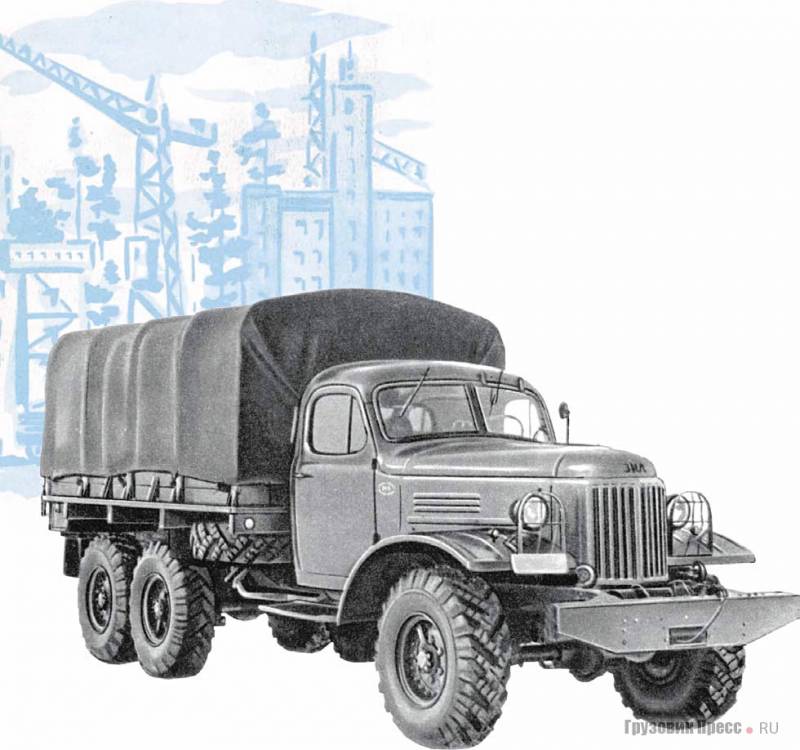
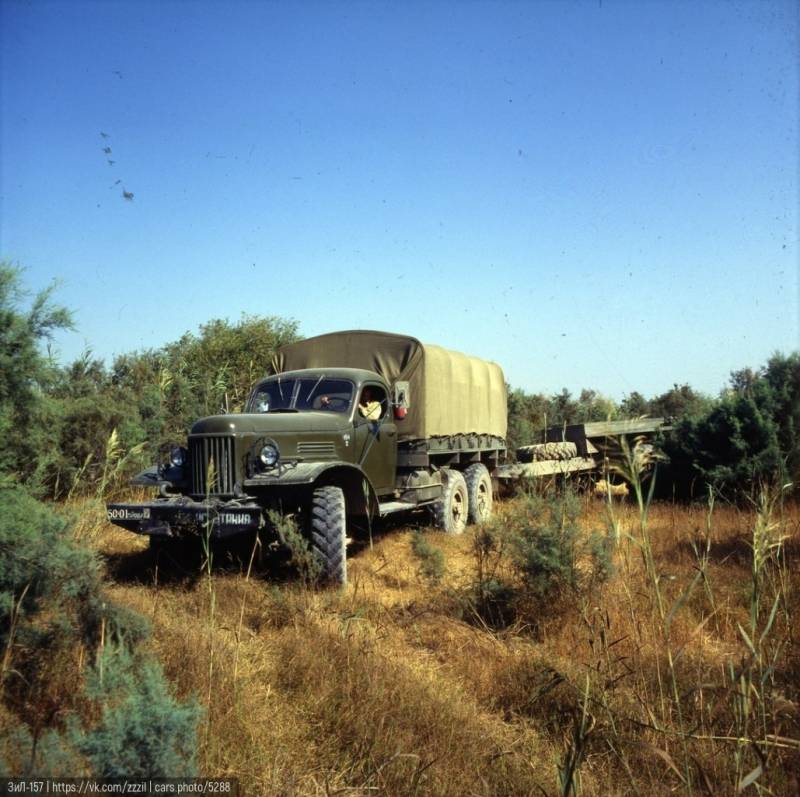
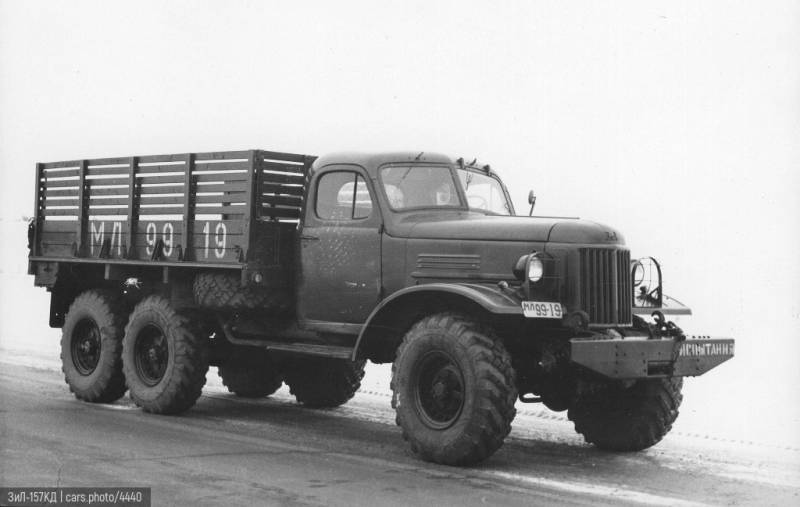
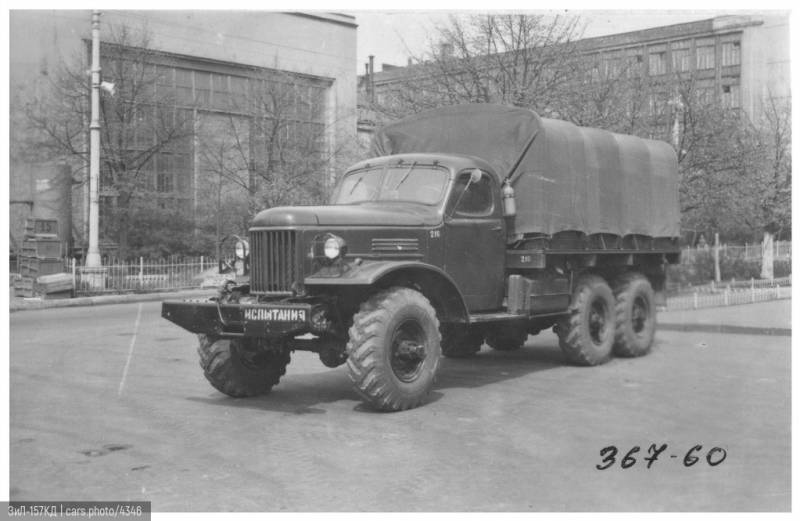
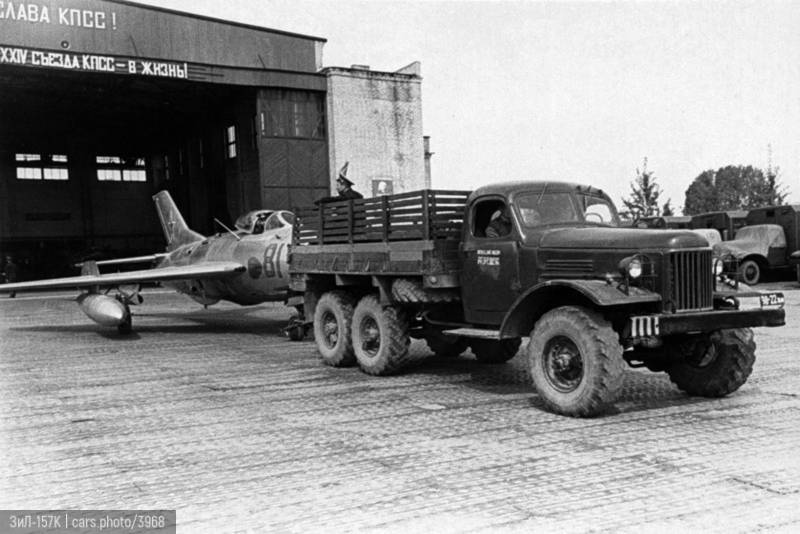
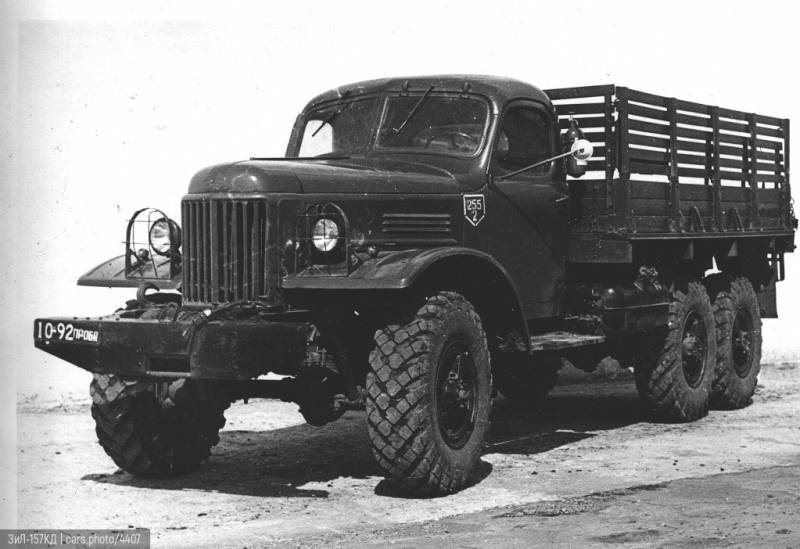
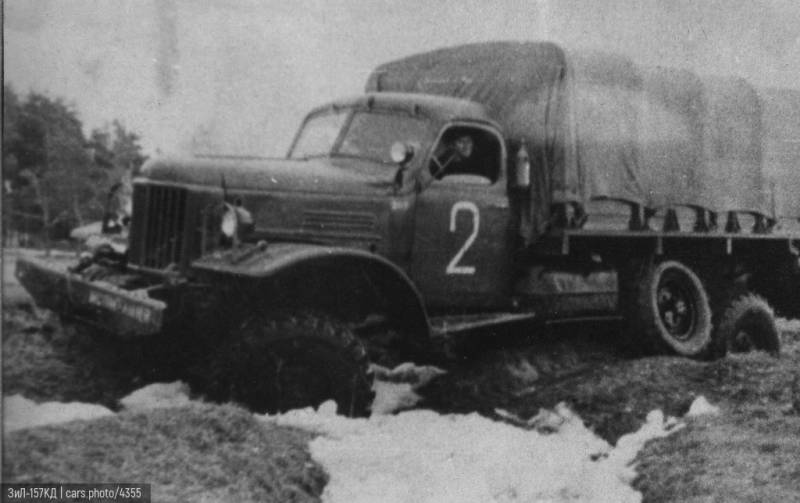
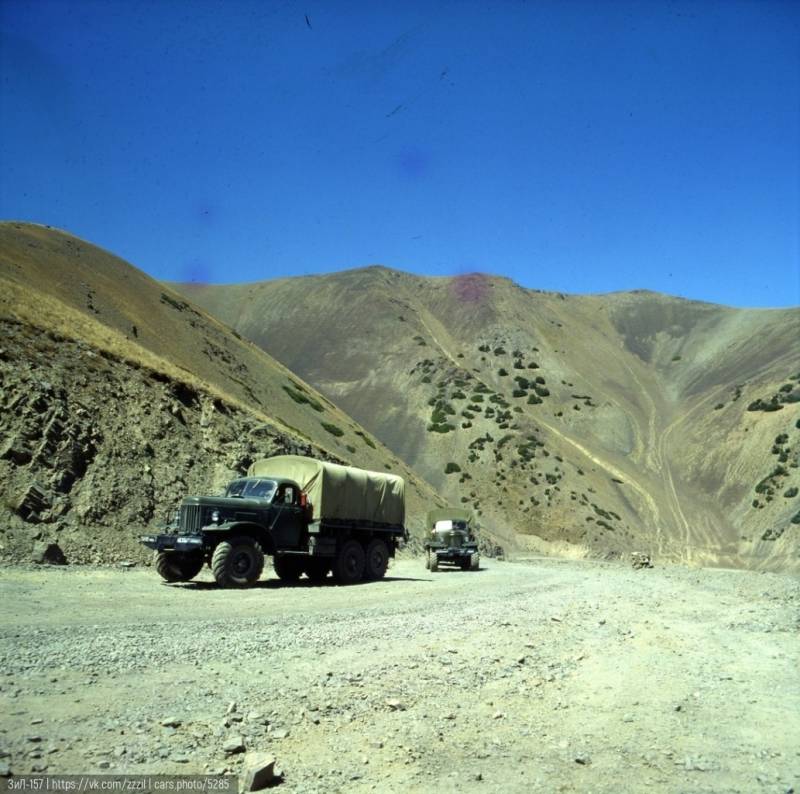
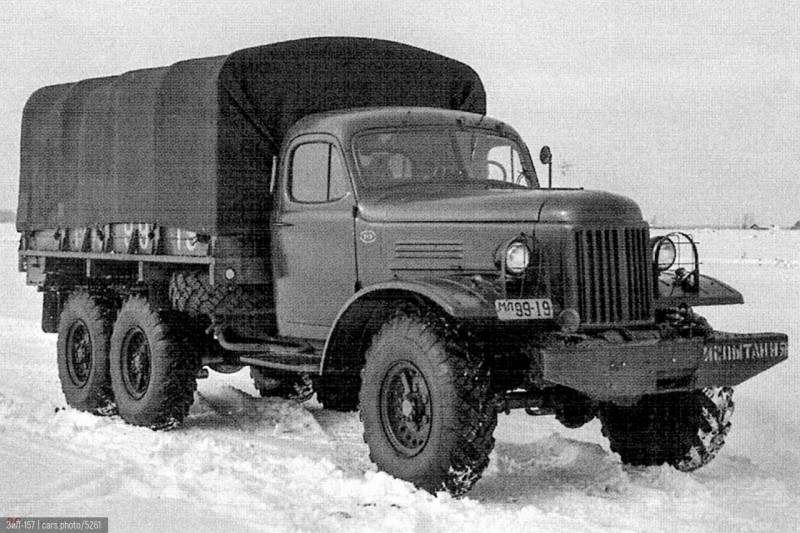
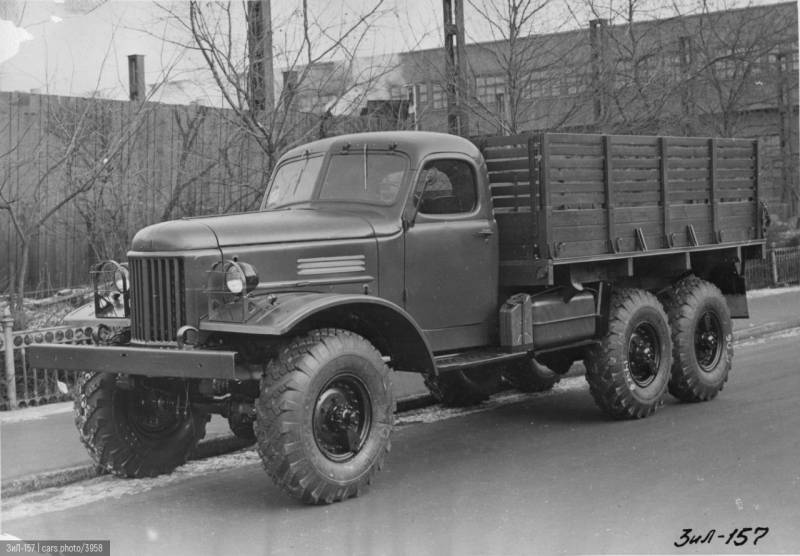
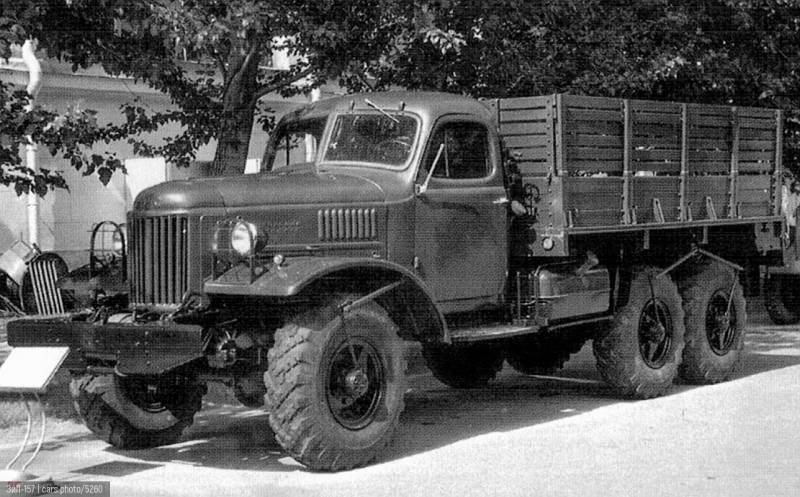
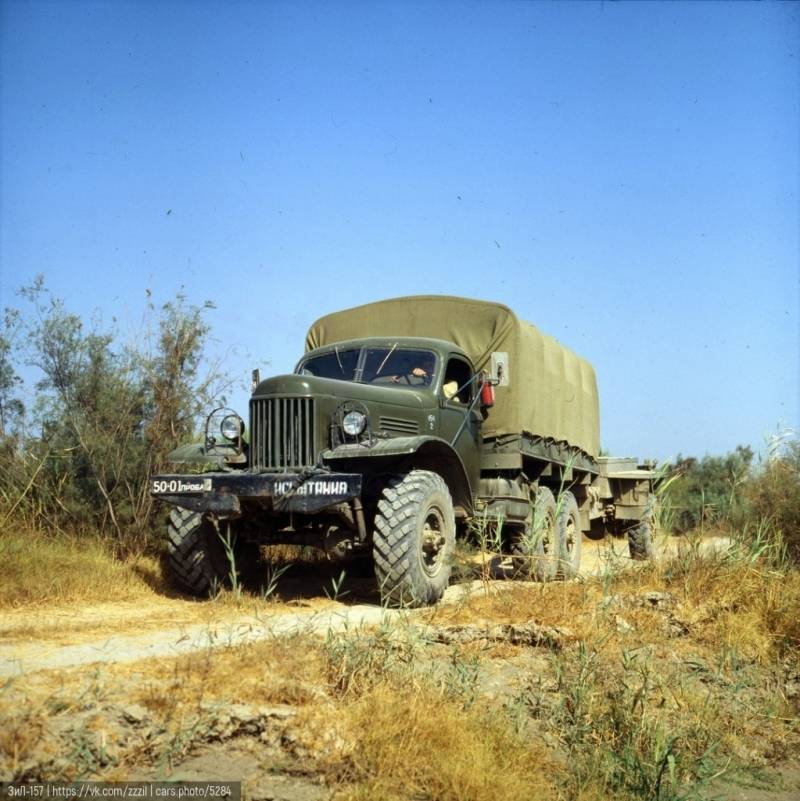
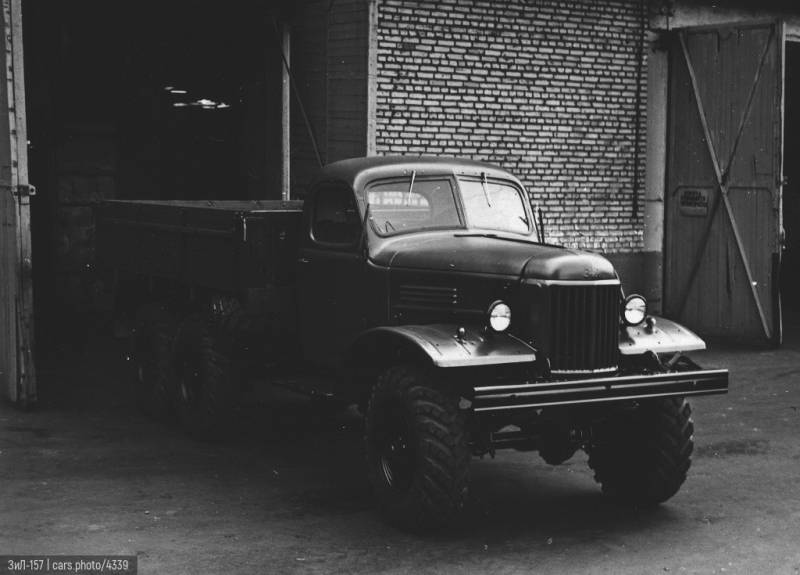
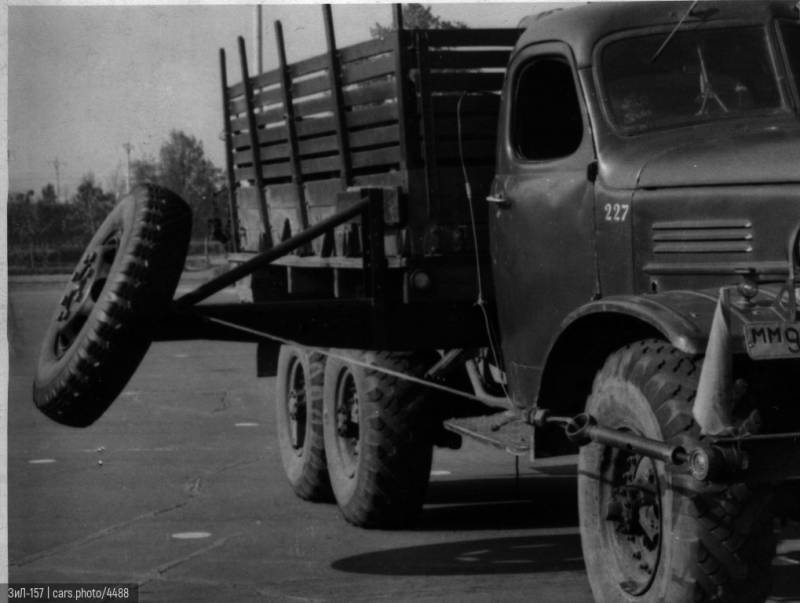
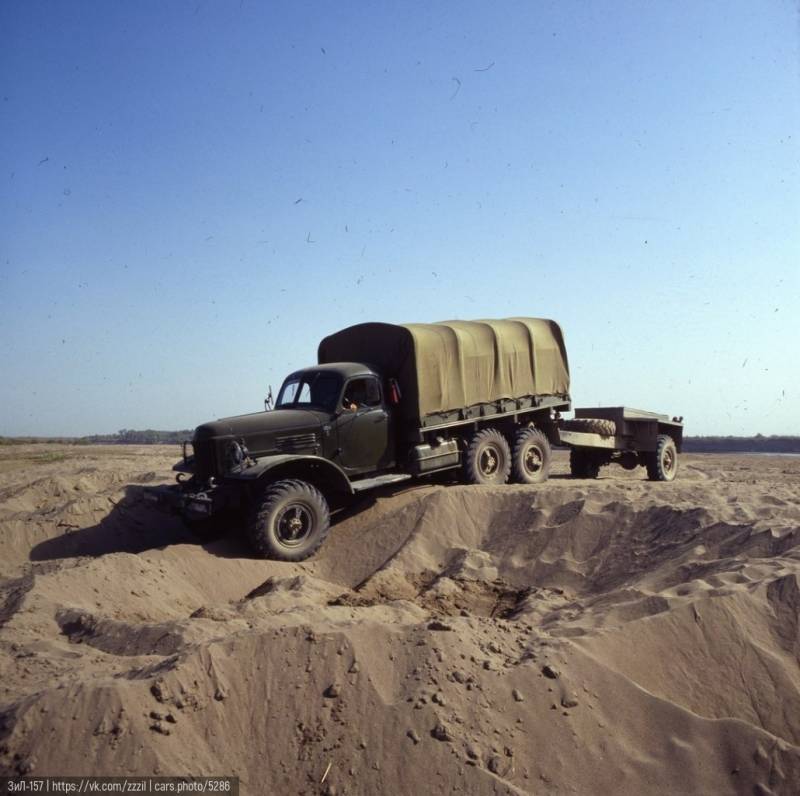
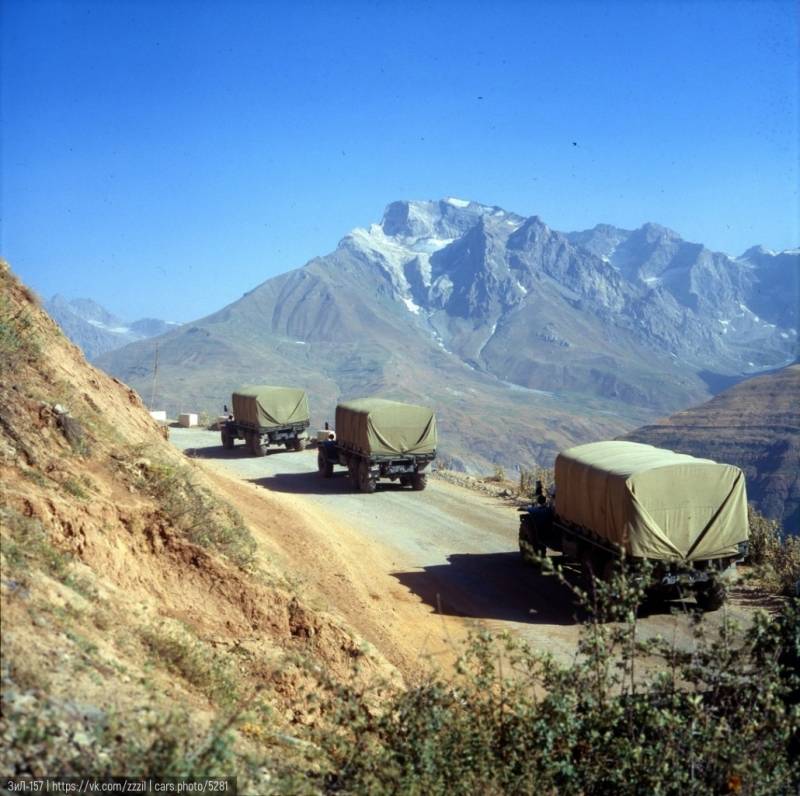
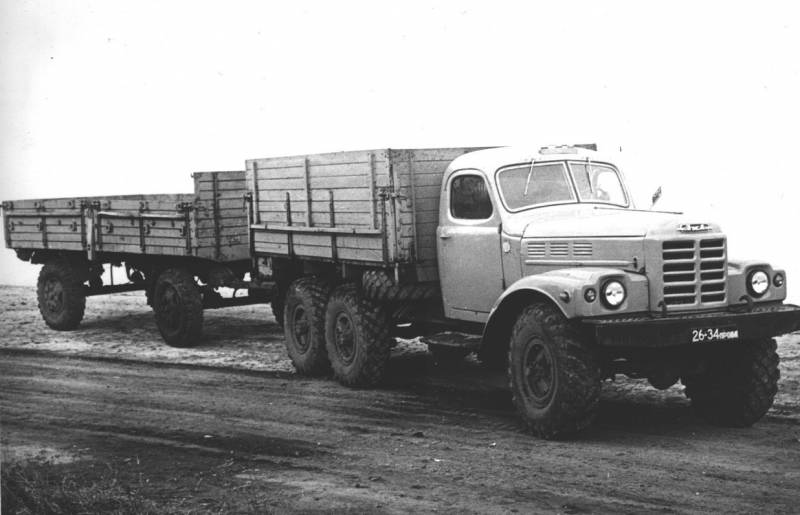
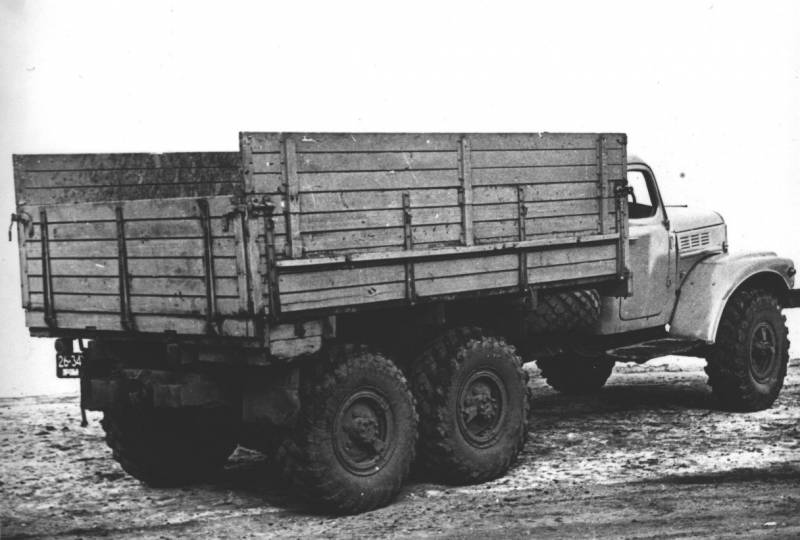
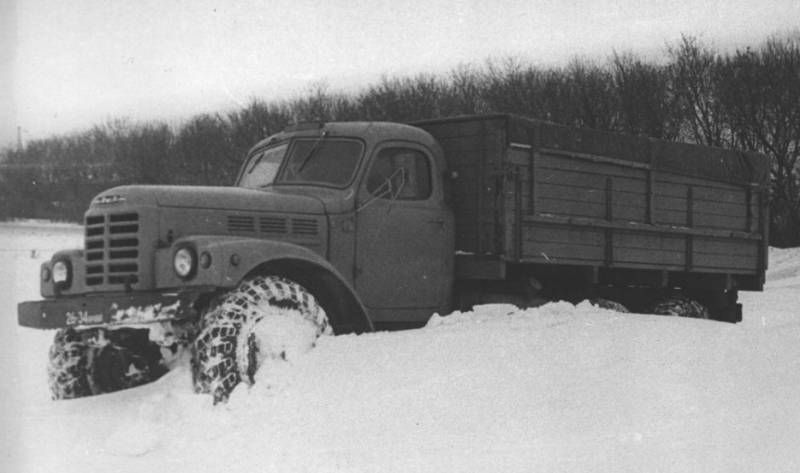
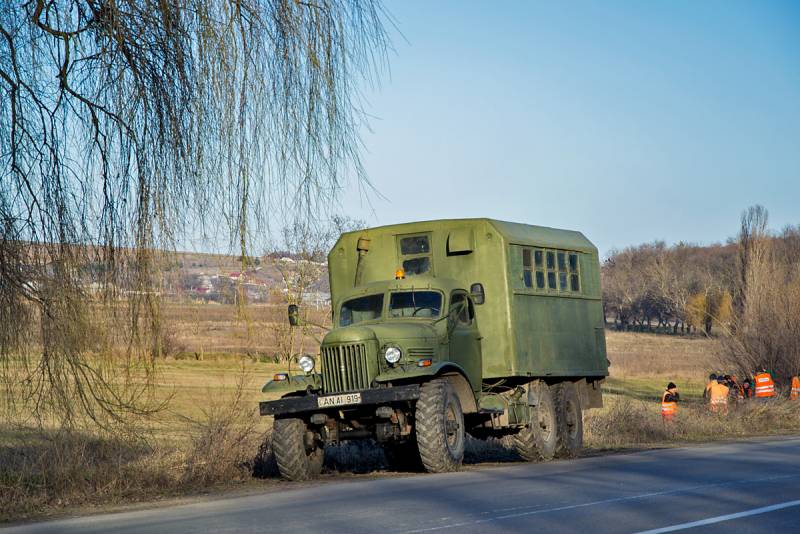
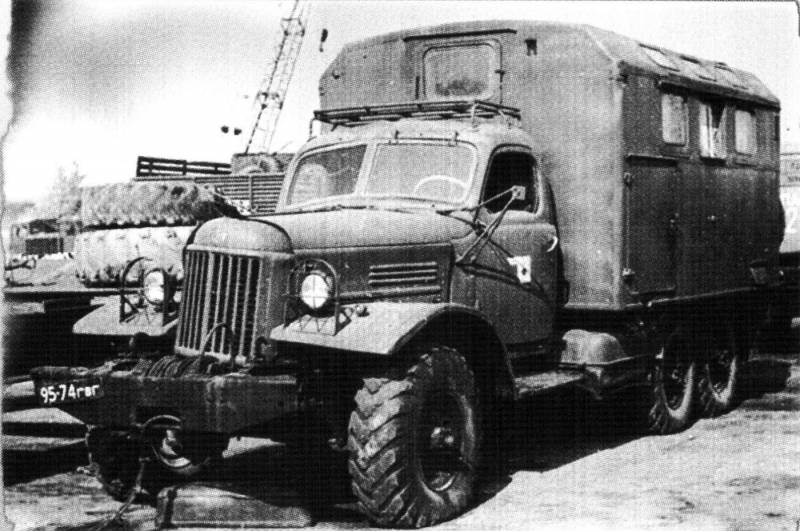
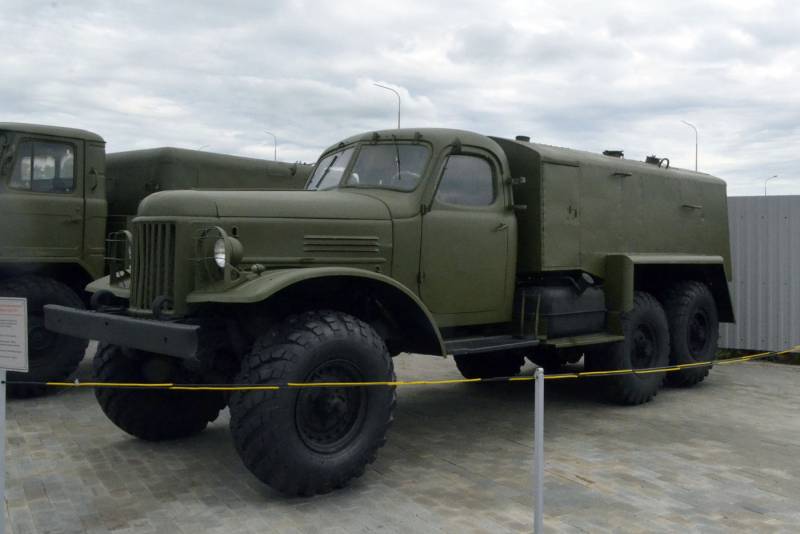
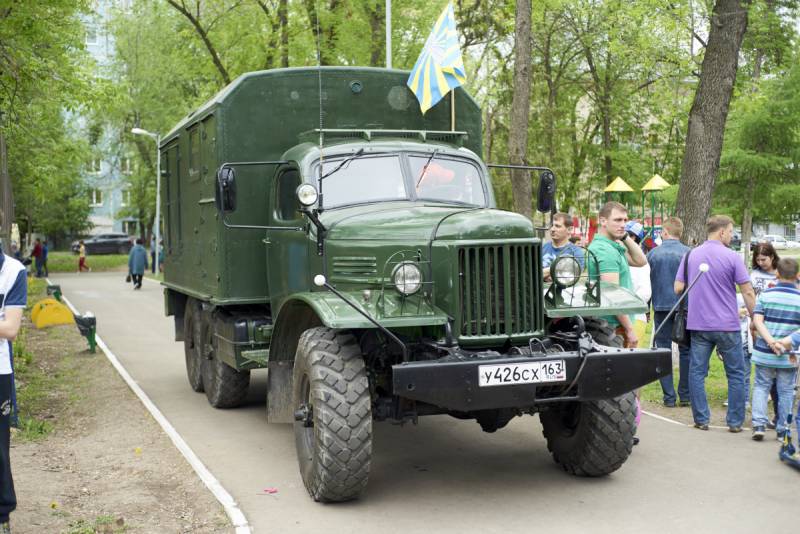
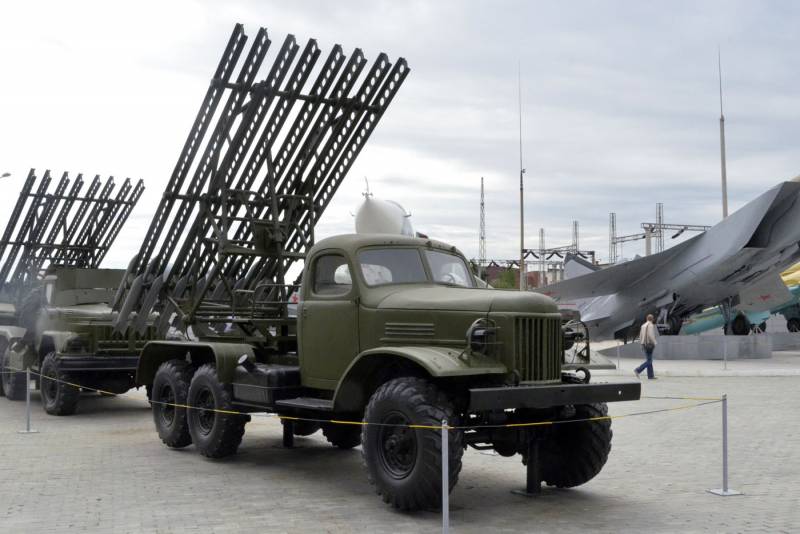
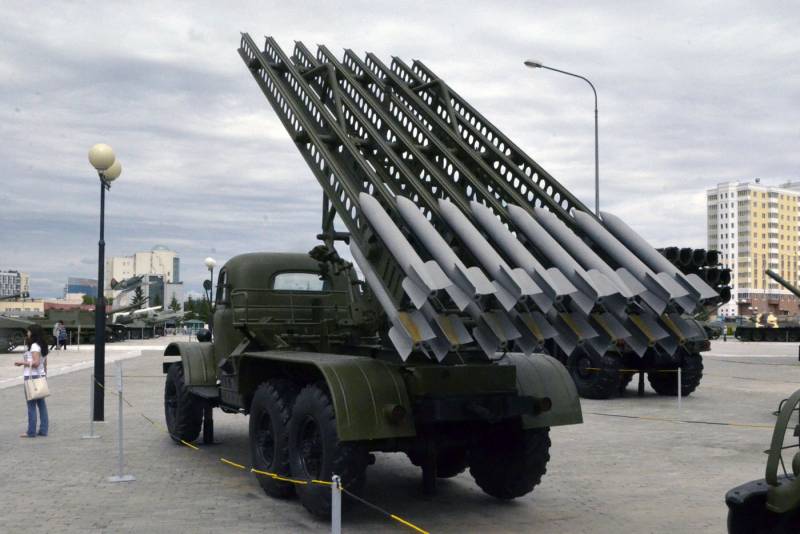
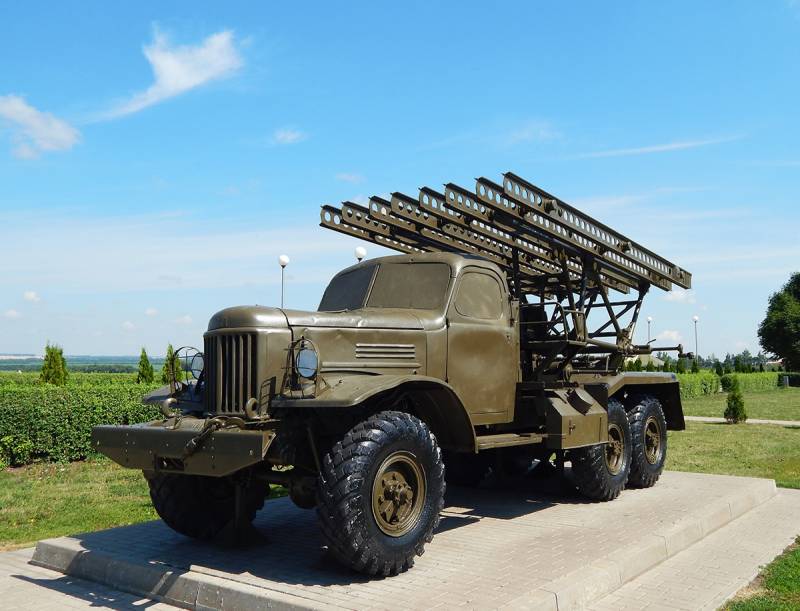
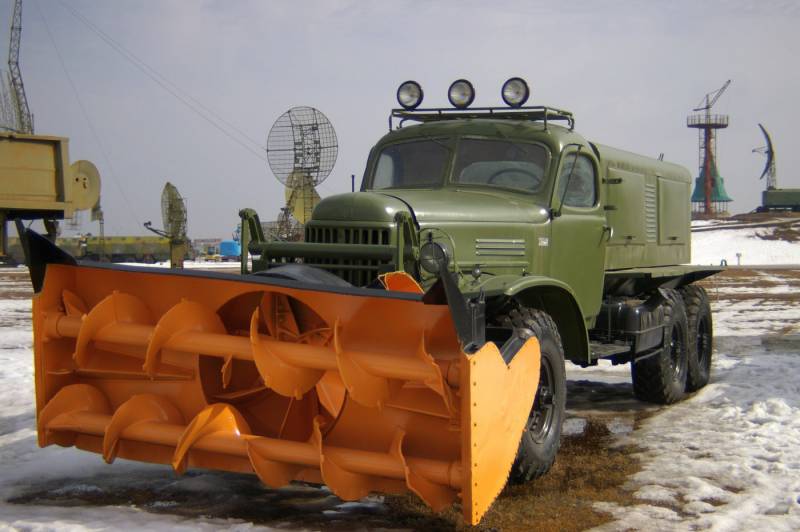
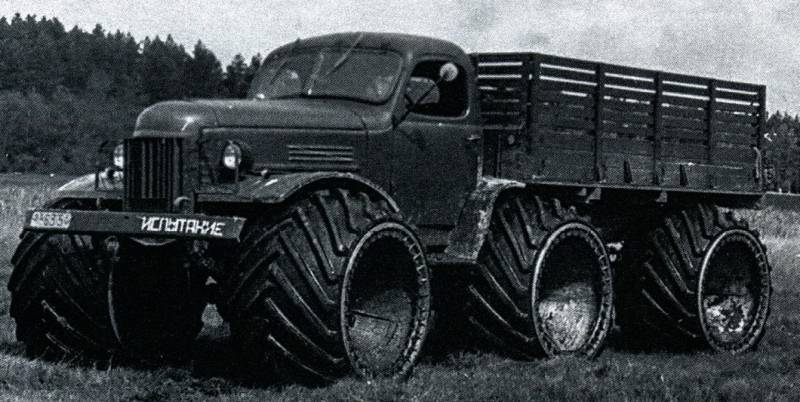
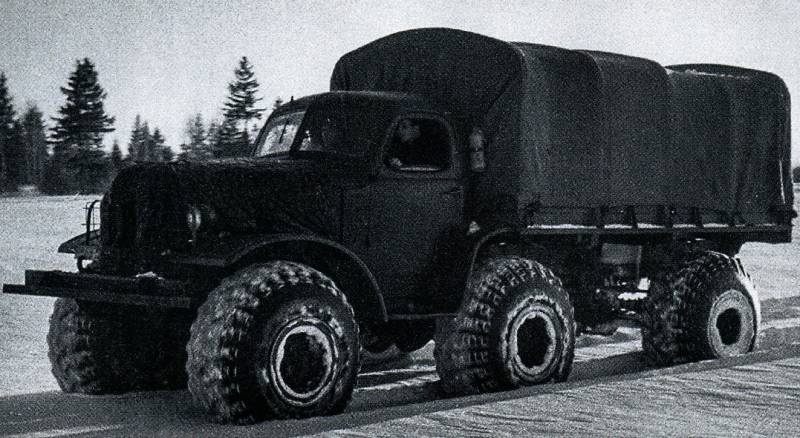
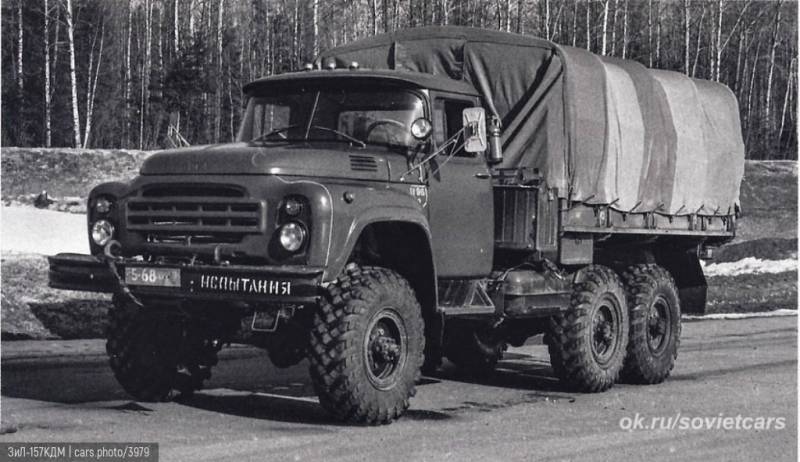
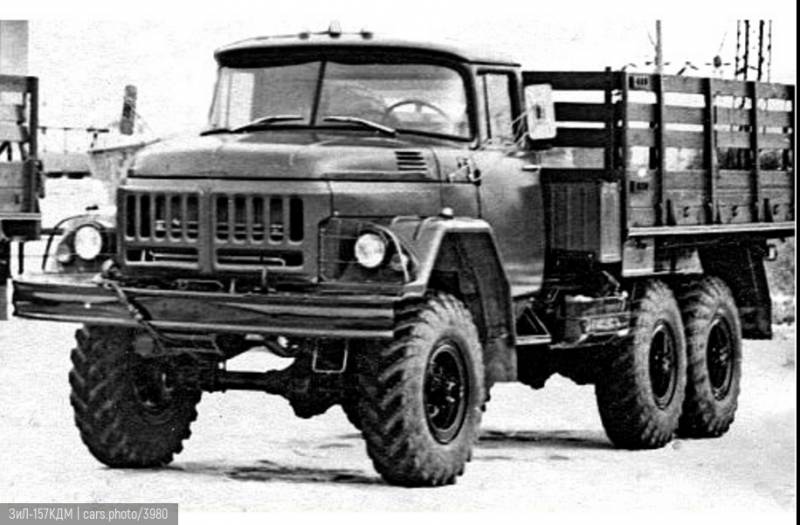
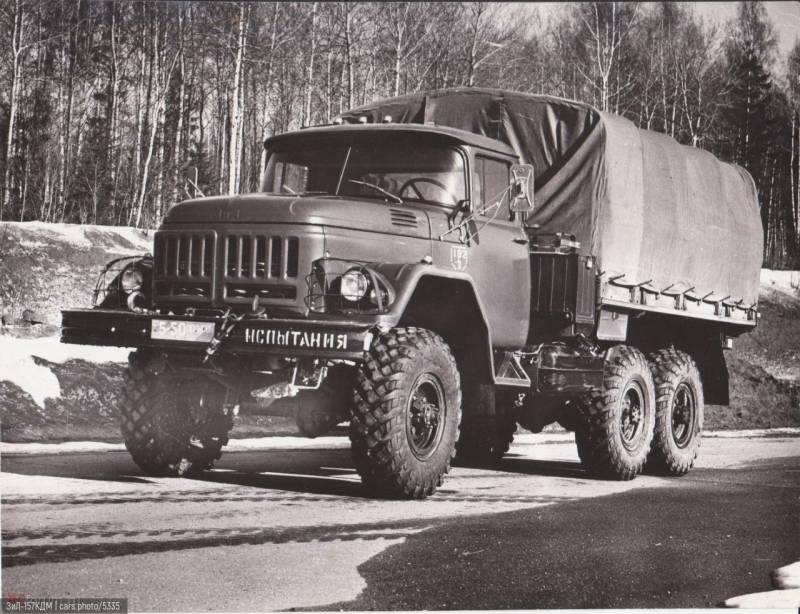
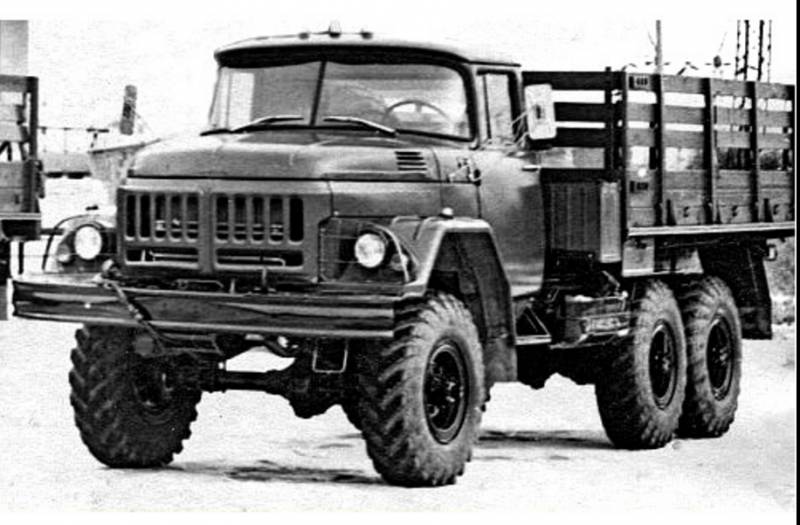
Information